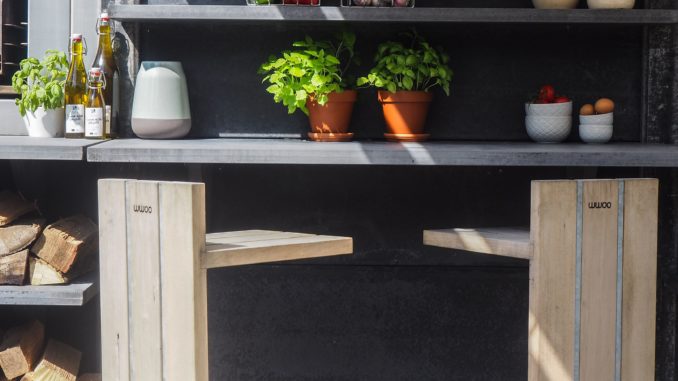
The kitchen is the traditional centerpiece of a home and has been since ancient times. In those days, the kitchen fire doubled as an altar as well as a place to prepare food. But in today’s hectic, fast-paced digital world, kitchens are no longer revered, and cooking has become almost a lost art. And the widespread lack of cooking skills means that people rely on single-use-package-heavy fast food, meal services, and takeout for sustenance.
However, that could change in the coming years, as natural resources continue to be depleted and food becomes more scarce. The burgeoning minimalism movement could help shift humanity back towards cooking and overall sustainability. Living minimally means committing to a more sustainable, eco-friendly lifestyle, with less waste and fewer possessions. Minimalism is radical at its core, as it’s essentially a protest against the capitalistic ideals that are central to modern life.
However, cultivating a minimalist lifestyle isn’t only about getting rid of unnecessary possessions. It’s about simplicity, treading lightly, and making mindful decisions. Minimalism honors those ancient ideals while also embracing modern, eco-friendly technology and products. Incorporating minimalism into your life is a process that shouldn’t be rushed, and your kitchen is a great place to start.
The minimalist kitchen is the center and hearth of the home, and we need it to be functional as well as sustainable. In the journey from a clutter-filled lifestyle to a simpler one, it’s best to begin with a purge. Get rid of all excess items, such as duplicate serving utensils and small kitchen appliances that are used only sporadically. Next, determine if you’re lacking any kitchen tools or components, and seek out those items.
It’s important to avoid sacrificing quality for the sake of saving a few dollars. Rather than purchasing a low price, low quality product that will need replacement after a few years, splurge on well-crafted kitchen items that can be utilized over the long-term. That advice goes along with other aspects of an eco-friendly kitchen.
A sustainable, minimalist kitchen literally starts from the ground up, with your flooring choices. Eco-friendly bamboo floors are much more sustainable than any type of hardwood and serve as an ideal base for your minimalist kitchen. When compared to traditional hardwood floors, bamboo flooring truly stands out as a champion of sustainability. It takes hardwood trees 40-80 years to re-grow, while bamboo regenerates in five years. Bamboo also beats out hardwood flooring in regards to water resistance, price, and even durability. The material is more resistant to denting than hardwood, despite the latter material’s name.
As far as ingredients go, keep it simple. Stock up on staples such as rice, grits, beans, and pasta, which can be used in a variety of dishes. Menu planning is one area where you can put aside your commitment to reducing excess possessions. In fact, the key to menu versatility in a minimalist kitchen is having a well-rounded collection of spices and seasonings on hand. A fully stocked spice rack gives every home-based chef infinite versatility, using just a small portion of kitchen pantry space.
If you’re not quite ready to fully commit to minimalism, you can still incorporate minimalist ideals into your home and life, including the reduction of clutter and learning to cook at home. Since your kitchen serves as your home’s centerpiece, it makes an ideal jumping off point towards a sustainable, more peaceful lifestyle.
Refer: https://emagazine.com/honoring-earth-and-your-home-with-a-minimalist-kitchen/?utm_source=newsletter&utm_medium=email&utm_campaign=earthtalk_this_week_december_26_2018&utm_term=2019-01-16
By: Dr. Bhawana Asnani.
Happy to see Reviews, Additions, Suggestions and Comments, further.

Leave a Reply
You must be logged in to post a comment.